This past Friday, October 2nd, I was fortunate to have been invited to join in a pilgrimage with the 3rd and 4th grade classes. We traveled across the country by bus into the Mátra Mountains to the small village of Mátraverebély. The village, however, is anything but small in its importance to the Catholic identity of Hungary. A short drive away is the Szentkút national pilgrimage site. For those unfamiliar with the site, it is perhaps best described as the Hungarian Lourdes. (Fittingly, there is a small display of barbed wire that originally was left on a cross at Lourdes by Hungarian pilgrims expressing their desire to be free of communism.) As the story goes, Saint Ladislaus, King of Hungary, leaped with his horse across a valley while escaping capture and where the horseshoe hit the ground on the other side, a spring of water appeared. Over the centuries, many miraculous healings have been attributed to the water from this holy well, or szentkút. We enjoyed turning on the faucets at the spring over the course of the afternoon and filling bottles to take home. The grounds of the site are spectacular, featuring large mosaics of the Holy Family and Hungarian saints, a large open plaza, and a beautiful basilica that is considered a daughter of the great Santa Maria Maggiore Basilica in Rome.
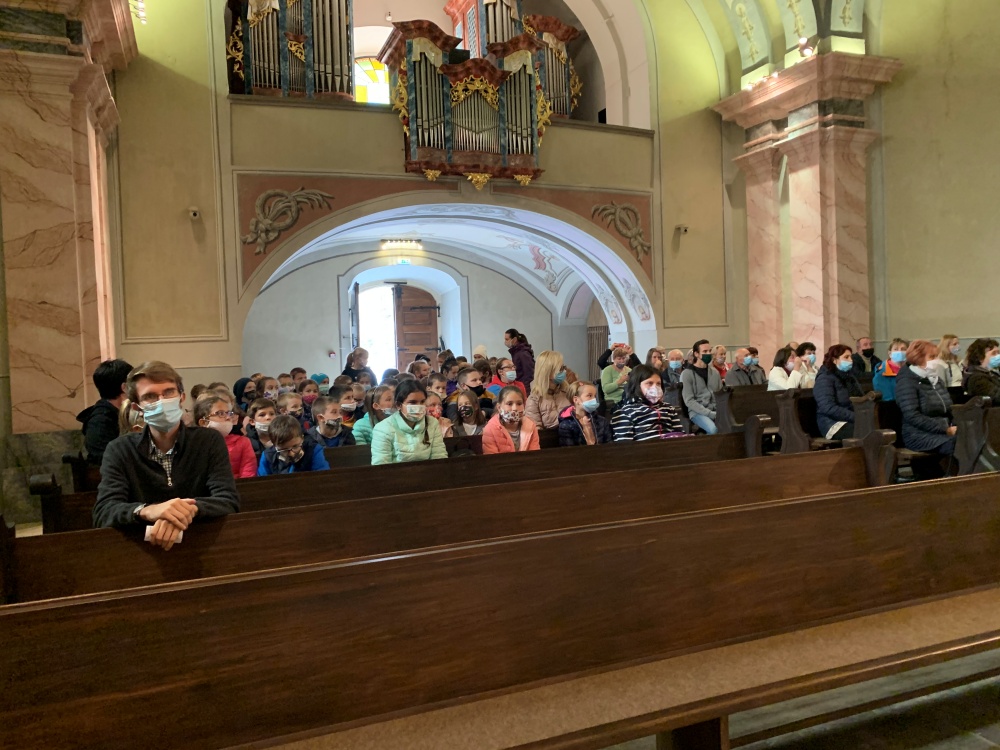
After a week of rain in Kisvárda, we were pleased by the beautiful weather in Mátraverebély. When we stepped out of the basilica after Mass, the sun shined brightly on us. I realized that it was the first time I had seen the sun in quite a while. It made for a wonderful hike in the mountains up to the medieval hermitages carved into the sandstone hillside. It was an incredible sight. The hermitages consisted of a few small bare rooms and a couple chapels with altars carved out of the rock. I imagined what it would have been like to be one of those quiet, holy men living their simple lives of dedication to Jesus hundreds of years ago. Though their dwellings were quite sparse, they had an amazing view over an inspiring landscape of hills, valleys, and forests. Over the years, many people had carved their names into the walls. I was especially surprised to see one carving dated 1848!
The trip was an extra special occasion for me. In February, I began a devotion to the Sacred Heart of Jesus called the Nine First Fridays, in which one attends Mass on the first Friday of each month for nine months. February was a very different time; Coronavirus had not yet spread around the world and I did not yet know that I would come to Hungary. The day of that first Mass, I wondered where I would be for that ninth Mass. I am grateful that the Lord brought me to Mátraverebély. The priest who encouraged me to begin the devotion said that a problem almost always arises on the ninth Friday that will make it difficult to go to Mass. As it turned out, we were a few minutes late to Mass and I was concerned that I wouldn’t be able to attend the full Mass. When we arrived at the basilica, however, we found that the priests had waited for our group before beginning the Mass. Friday was the feast of the Guardian Angels and I believe that my guardian angel was looking out for me. May our guardian angels look out for us throughout the rest of this year!
Luke Larson, lector at Szent László




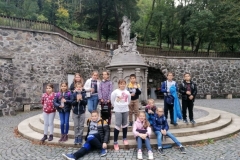
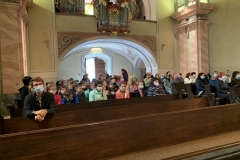
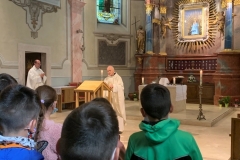
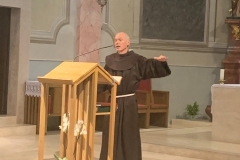
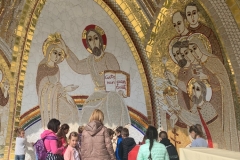
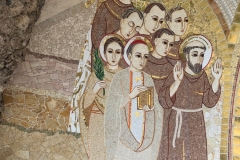
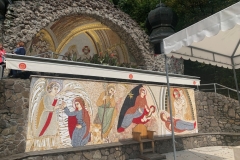
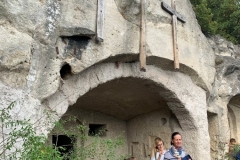
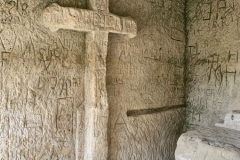
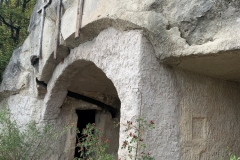
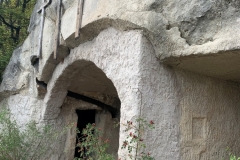
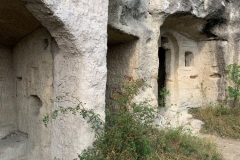
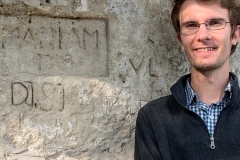
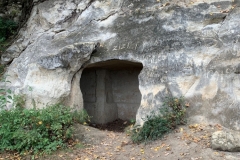
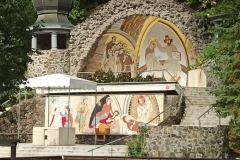
















Visszajelzés:Autumn, Apples, and Axolotls – The Goulash Report